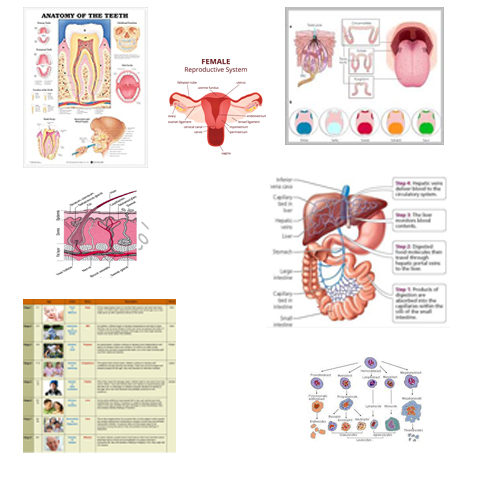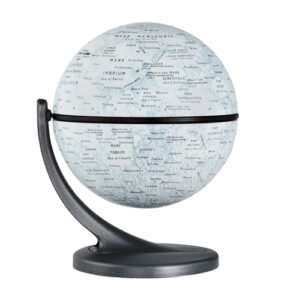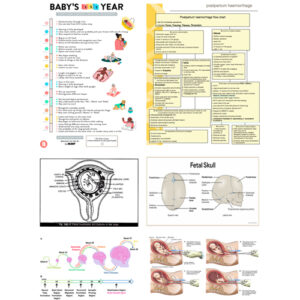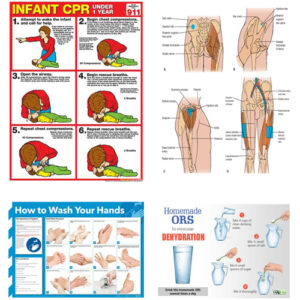- Rigid lamination on board with aluminium frame.
- Flexible lamination fitted with rollers.
| Part No. | Name of the chart | Size (cm) |
| 10010-A | Dentition – Teeth Types | 51 x 66 |
| 10010-B | Mammalian Skin V. S. | 51 x 66 |
| 10010-C | Trachea | 51 x 66 |
| 10010-D | Larynx | 51 x 66 |
| 10010-E | Oral Cavity | 51 x 66 |
| 10010-F | Stomach | 51 x 66 |
| 10010-G | Pancreas | 51 x 66 |
| 10010-H | Spleen | 51 x 66 |
| 10010-I | Small Intestine | 51 x 66 |
| 10010-J | Large Intestine | 51 x 66 |
| 10010-K | Tongue | 51 x 66 |
| 10010-L | The Eye : Anterior & Posterior Chambers | 51 x 66 |
| 10010-M | Anatomy Of Uterus | 51 x 66 |
| 10010-N | Structure Of An Ovary | 51 x 66 |
| 10010-O | Ear, Nose & Throat | 51 x 66 |
| 10010-P | Anatomy Of The Heart | 51 x 66 |
| 10010-Q | Anatomy Of The Inner Ear | 51 x 66 |
| 10010-R | Blood circulatory system | 51 x 66 |
| 10010-S | Reproductive system | 51 x 66 |
| 10010-T | Portal system | 51 x 66 |
| 10010-U | Stages of human development | 51 x 66 |
| 10010-V | Cross- sectional anatomy : thoracic vicera | 51 x 66 |
| 10010-W | Cross- sectional anatomy : abdominal vicera | 51 x 66 |
| 10010-X | Cross- sectional anatomy : pelvic vicera | 51 x 66 |
| 10010-Y | Development of blood cells | 51 x 66 |
Anatomy and physiology charts serve various purposes in short form:
- Educational Tool:
- Enhance the understanding of anatomy and physiology concepts in academic settings.
- Medical Training:
- Aid in medical and healthcare professional training by providing visual representations of the human body’s structure and function.
- Patient Education:
- Assist healthcare professionals in explaining medical conditions and procedures to patients.
- Clinical Reference:
- Serve as quick references for clinicians in diagnostic and treatment decision-making.
- Rehabilitation:
- Support rehabilitation programs by illustrating anatomical structures and physiological processes related to movement and function.
- Surgical Planning:
- Assist surgeons in planning and visualizing procedures through detailed anatomical charts.
- Fitness and Sports Training:
- Facilitate fitness and sports training by illustrating muscle groups, biomechanics, and physiological responses to exercise.
- Anatomical Research:
- Contribute to anatomical research by providing detailed visual information for scientific studies.
- Occupational Therapy:
- Aid occupational therapists in designing interventions for individuals with physical limitations.
- Pharmaceutical Education:
- Assist in pharmaceutical education by illustrating physiological processes related to drug interactions and effects.
- Patient Assessment:
- Enhance healthcare professionals’ ability to conduct thorough patient assessments by providing anatomical and physiological insights.
- Medical Illustration:
- Serve as a basis for medical illustrators in creating educational materials, textbooks, and presentations.





